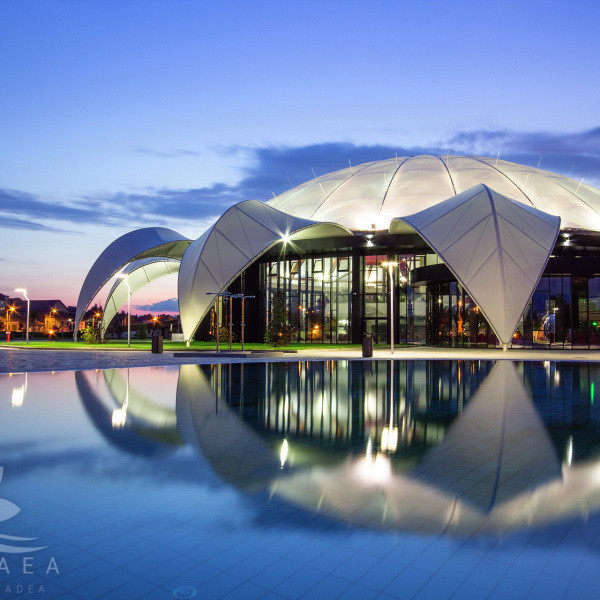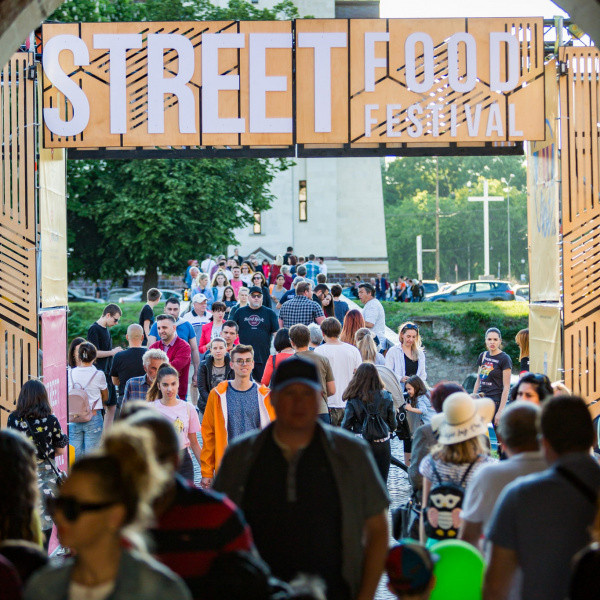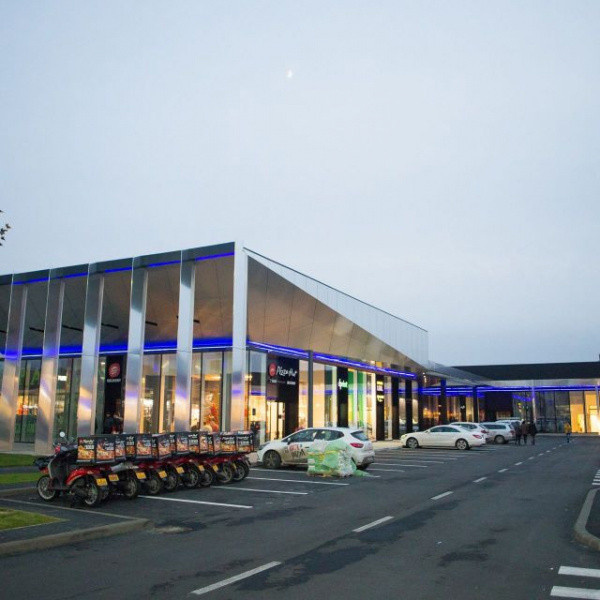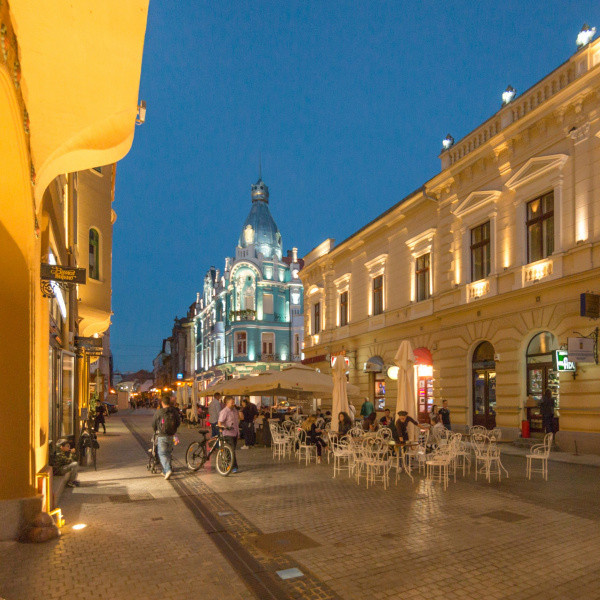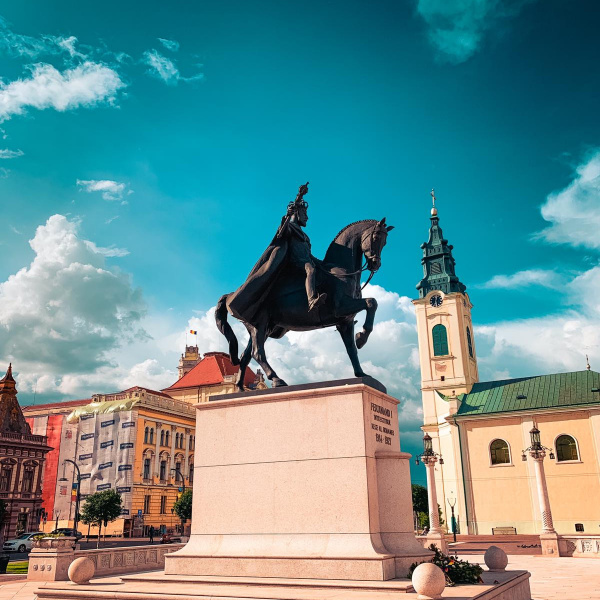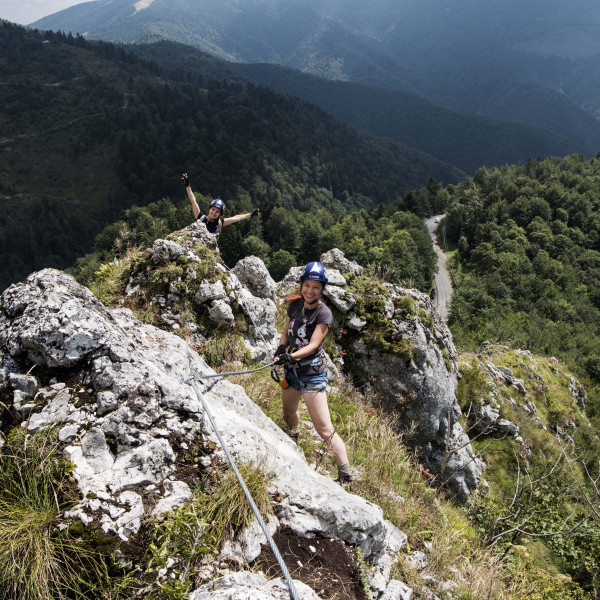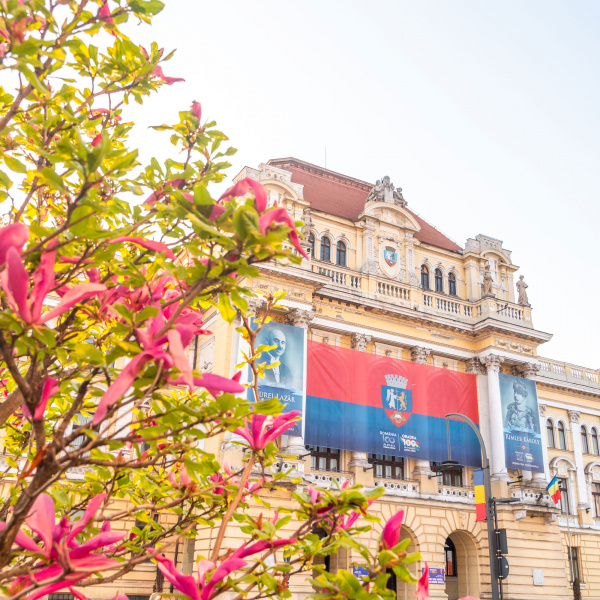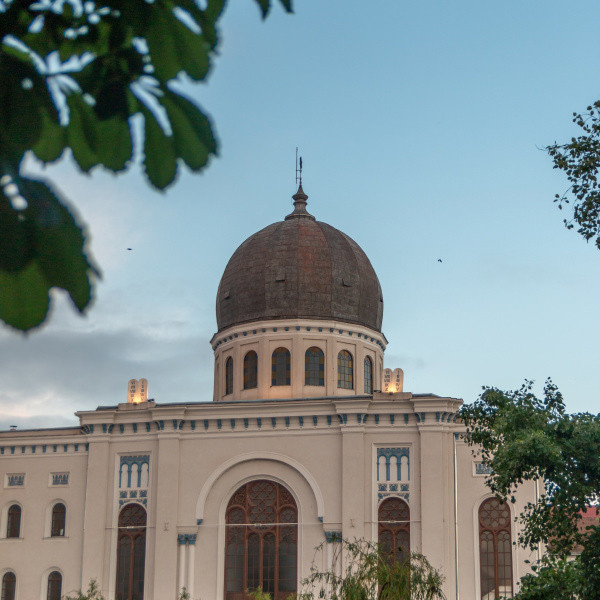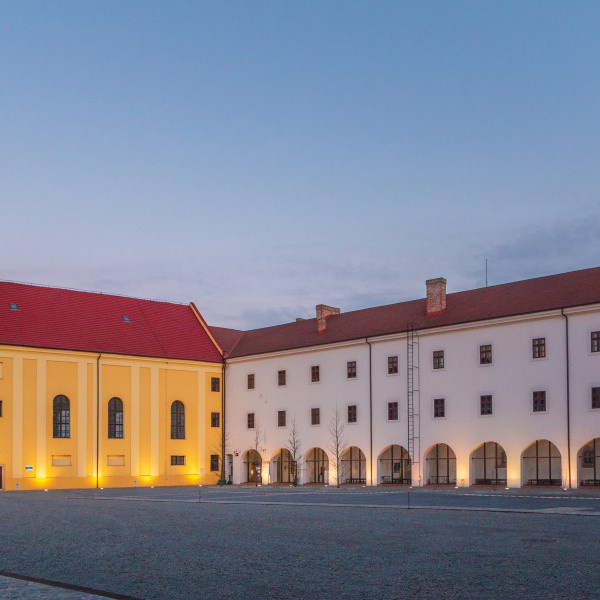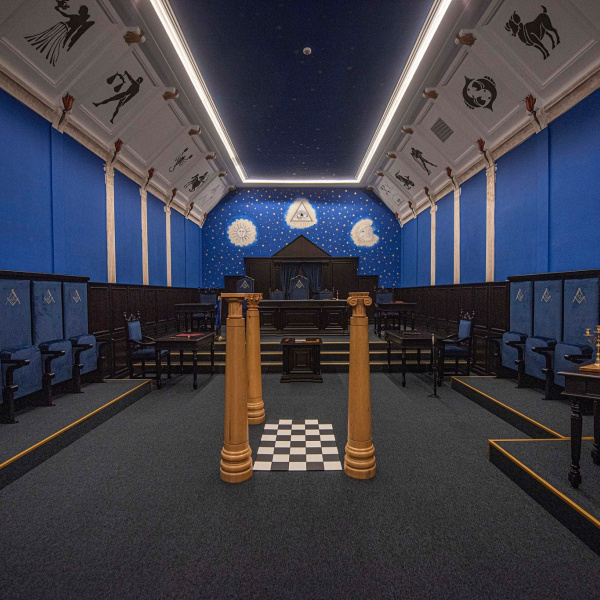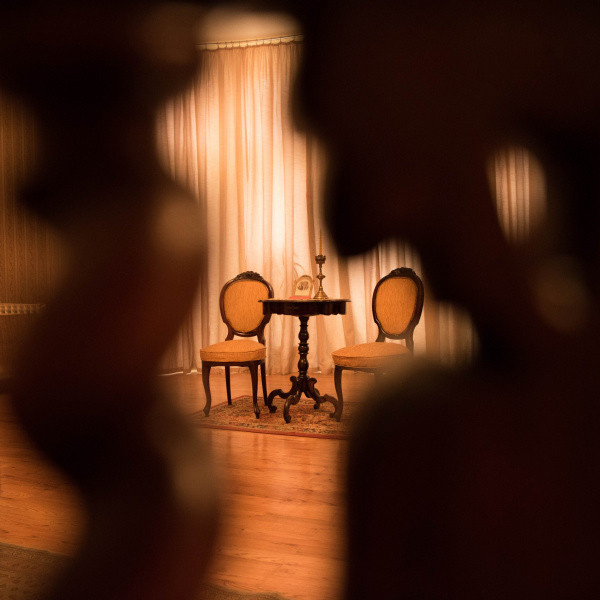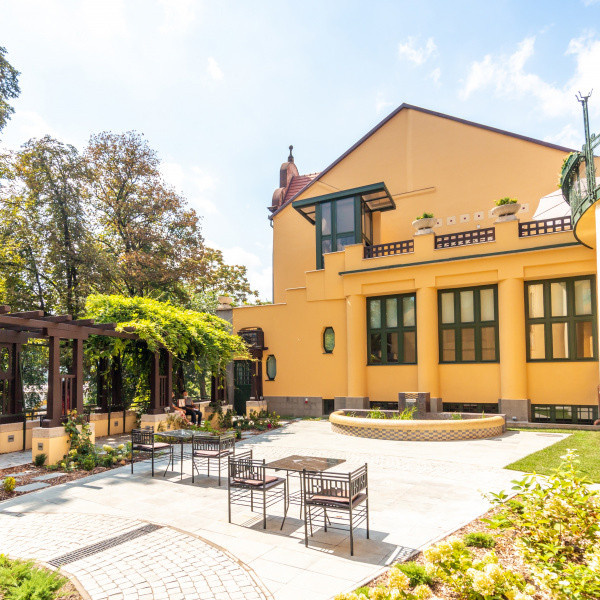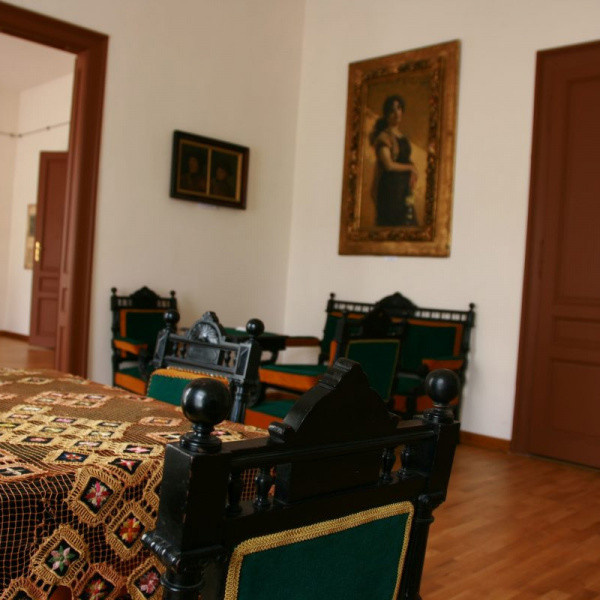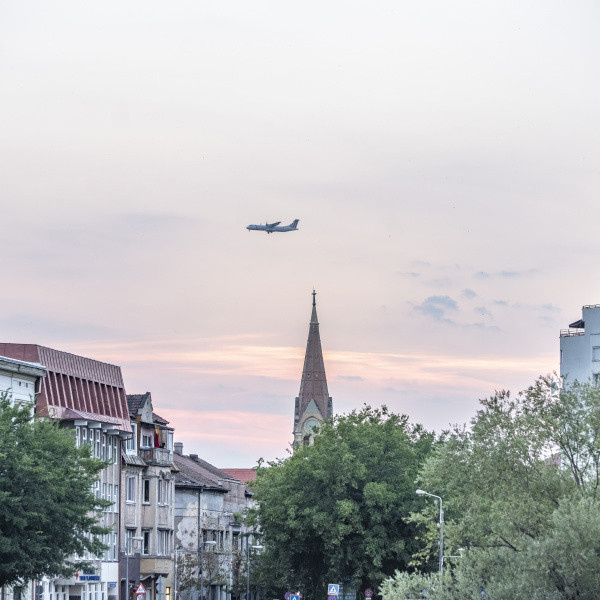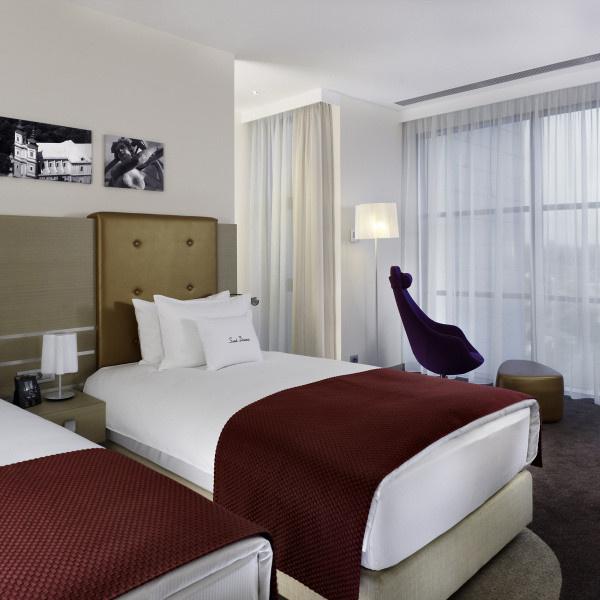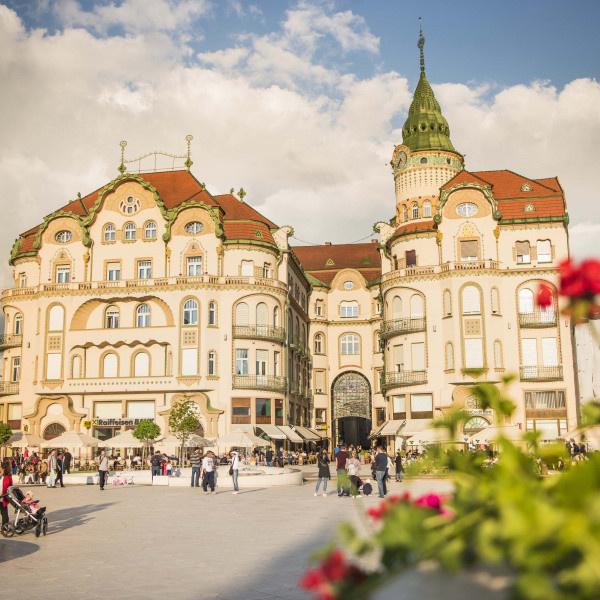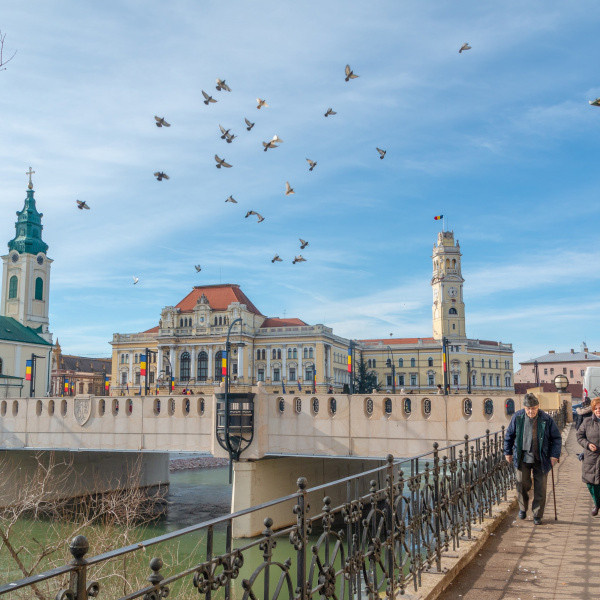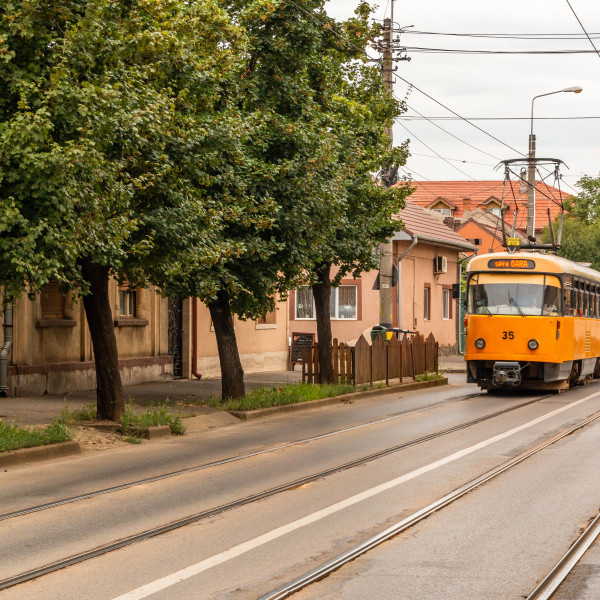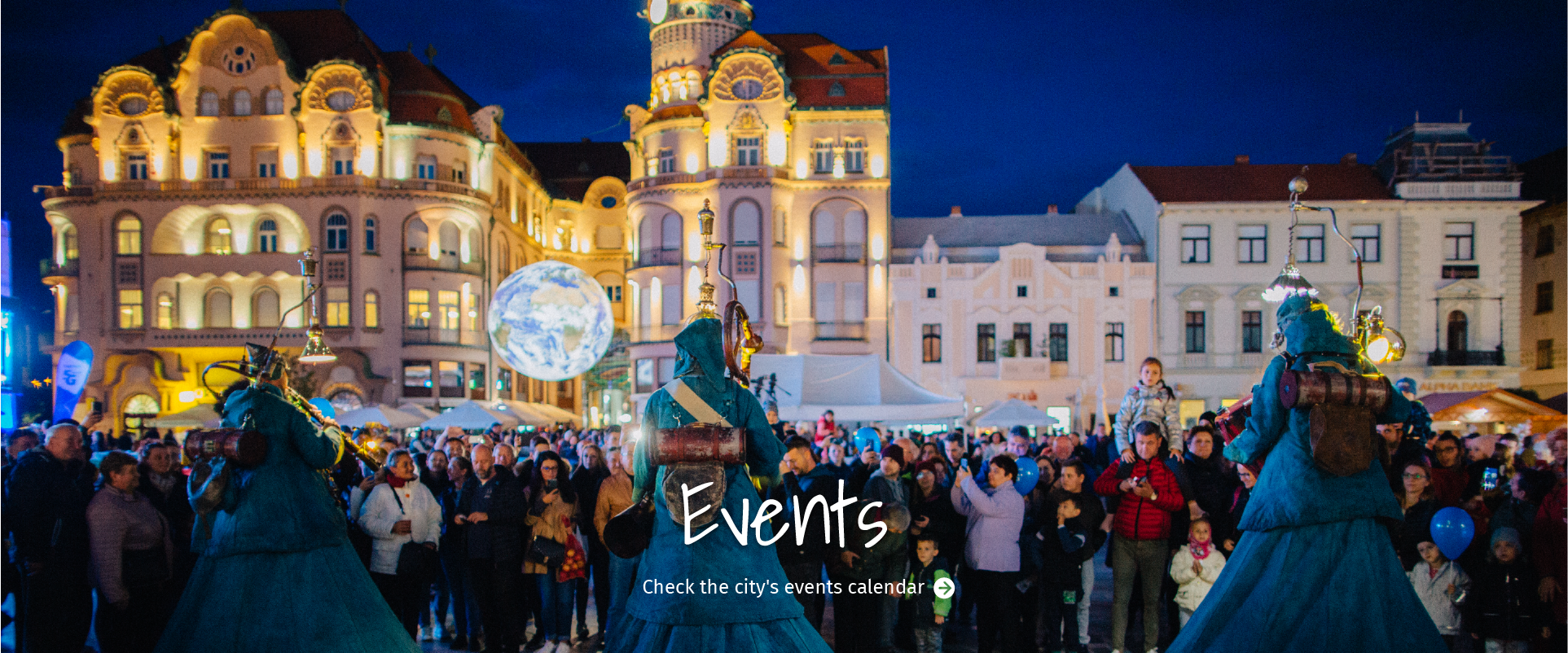The beauty and cultural richness of present-day Oradea is undoubtedly due to the contribution of the many ethnic groups that have found their place here, since the Middle Ages. Whether it was the Hungarians, Romanians, Italians, Germans, Hebrew, Roma and Slovaks, all have lent the city a part of their identity, which in time led to its prolific development. You will find traces of these influences, in the form of secular or cult buildings, cultural events, gastronomy or even inside craftsmen workshops. The history we present to you here is a sign of gratitude given to each ethnic group, for their contribution to the evolution and development of Oradea, from its beginnings to the present day.
The multicultural history of the city
The beginnings of the city’s history are linked to the history of the monastery built by King Ladislaus I, around which several settlements were formed, settlements that in the middle of the 19th century will unite, giving birth to Oradea. While under Hungarian rule, until 1541 - when Transylvania became an autonomous principality under Ottoman suzerainty, the city received special attention from the Hungarian royalty, being visited by many crowned heads, some of whom even chose to be buried here.
When you reach Oradea Fortress, ask a guide about the kings and queens who have their eternal place here. Let yourself be carried back in time and discover the secrets of the city!
The Hungarian community
It was the one who left a mark on the city's architecture the most, by the building of numerous monastic institutions, such as monasteries, monastic orders (Dominican, Franciscan, Augustinian, Johannite), but also secular buildings, which unfortunately did not withstand the passing of years and repeated sieges against the city.
The Hungarian community was also the initiator of some cultural activities that highly contributed to the transformation of Oradea into a centre of art, education, and culture.
The Italian community
Maybe you did not know, but in the Middle Ages, the Italian language was often heard on the streets of Oradea, being part of the daily life of the inhabitants.
As mentioned in the article History and Geography, the ideas of Humanism and Renaissance entered our territory due to some prominent personalities, who came from the Italian peninsula. The new concepts enunciated by bishops and the high hierarchy of the Catholic Church, such as Andrea Scolari, considered a perfect embodiment of the Renaissance spirit, Giovanni de Milanesi da Prato, Giovanni de Cuirzola or Giovanni de Dominis da Arbe, contributed peerlessly to the cultural development of Oradea.
However, perhaps the most important role is attributed to Bishop Ioan Vitéz de Zredna, an example of "homo Universalis". His court was the place where great scholars or men of culture met, such as the Pole Grigore de Sanock, the Cypriot Filip Podocatharo, the Dalmatian Nicolaus Machinensis, the Italian humanist Marzio Galeotti, or the poet Gaspare Tribracco.
Romanian community
The Romanian element, although a long-time minority in terms of numerical weight, began to assert itself culturally, especially in the eighteenth century, during the time of high Greek Catholic prelates Moise Dragos, Ignatie Darabant and Samuil Vulcan. They were constantly concerned with the printing of books, but also about the education system, aiming to cultivate a large segment of the population, including by setting up a significant number of village schools.
The name of Samuil Vulcan is also linked to the establishment of an impressive library, composed of a wide range of books on various topics.
With the passing of the Pasoptist revolutionary wave, several cultural societies began to appear in Oradea, such as the "Romanian Youth Reading Society of Oradea Mare" (founded in 1852), the "Popular Circle of Oradea-Velence and Oradea-Subcetate" (founded in Oradea in February 1870), <> (1875). All these manifestations prove the demographic growth of the Romanian community, but also the emergence of an increased interest in education, meant to put the city on the cultural map of the country.
The Jewish community
Although historically, the Jewish community has been actively present in the life of the city, because of the destruction of many archival funds, the reconstruction of medieval history is almost impossible to achieve.
There is conclusive and real evidence of the community dating only since the eighteenth century, clearly represented by the construction of the two synagogues - the neolog, in the city centre (in 1878), and the Orthodox (in 1890). Both synagogues can be visited by tourists and believers. To find out more details about the operating program, we invite you to visit Sion Synagogue's page.
Art Nouveau, Life Nouveau
Perhaps the most important argument that illustrates the multicultural character of Oradea is highlighted by the Art Nouveau architecture, proof of the city's connection to important European cultural centres, but also by the way the #ArtNouveau style is adapted to the city features. Black Eagle Palace, Stern Palace, and Moskovits Miksa Palace are just a few examples.
Nowadays, multicultural Oradea is a result of the harmonious cohabitation of a heterogeneous population, with numerous ethnic groups that bring a constant contribution to the life of the city. The cultural life of the city comes to complete this reality, as we can witness from theatre performances, exhibition halls and inside the city museums.
All are waiting for you to explore them!





